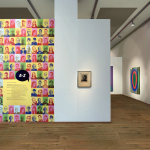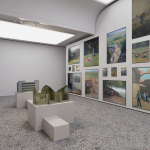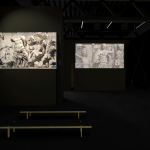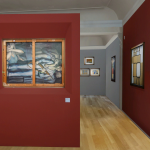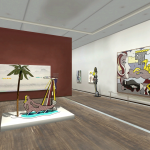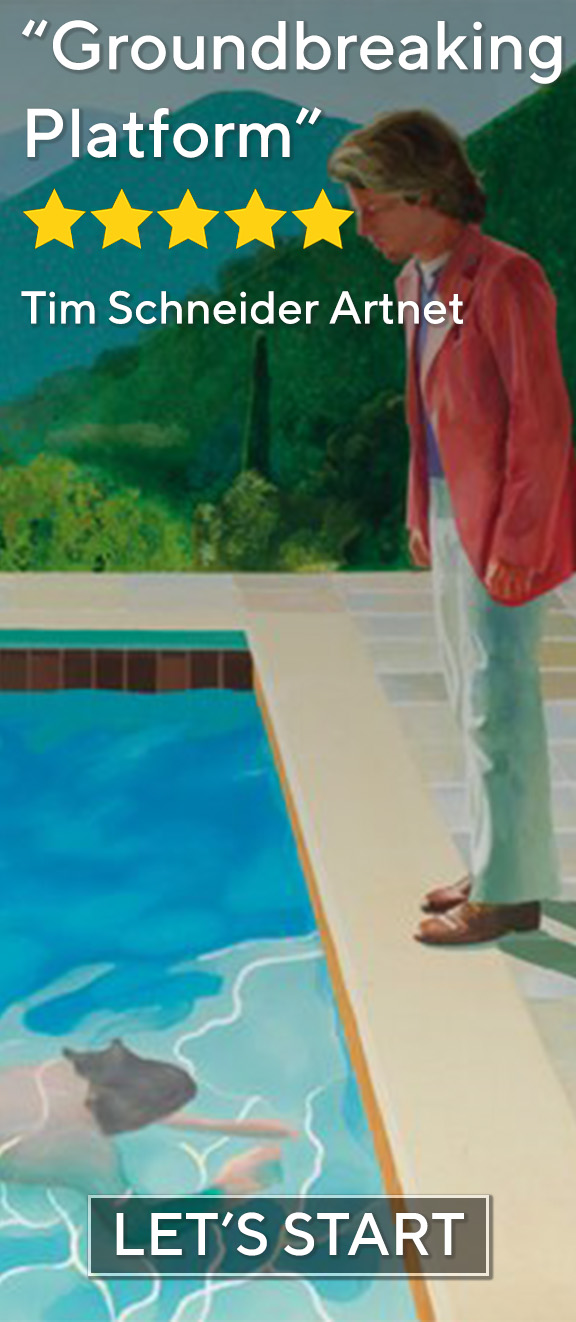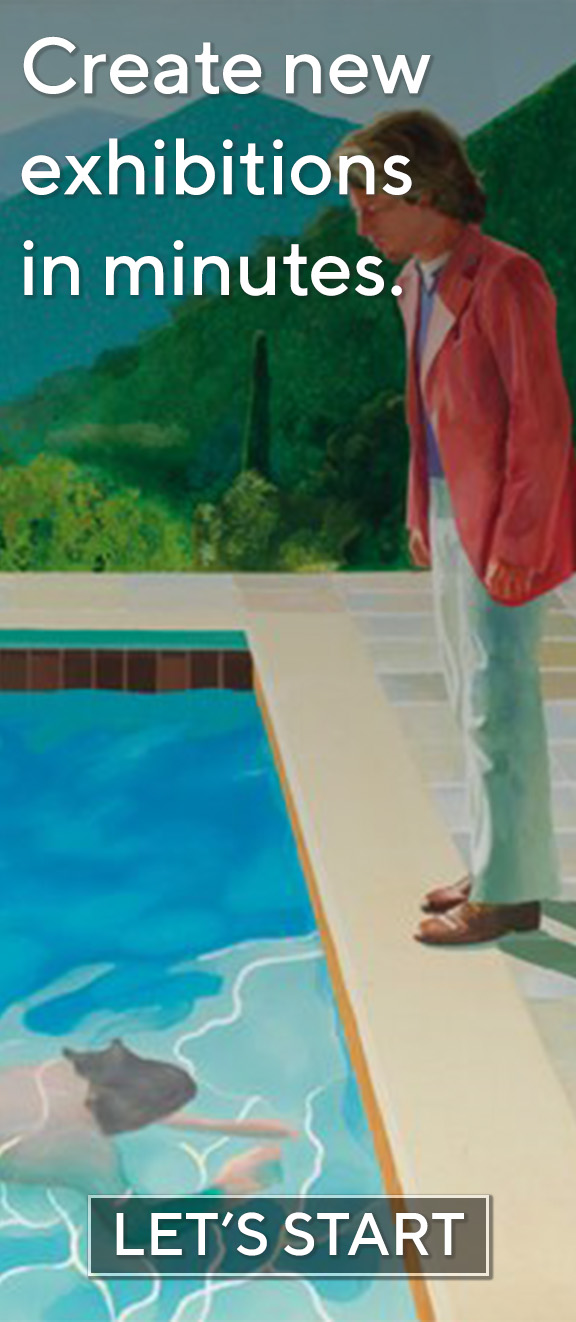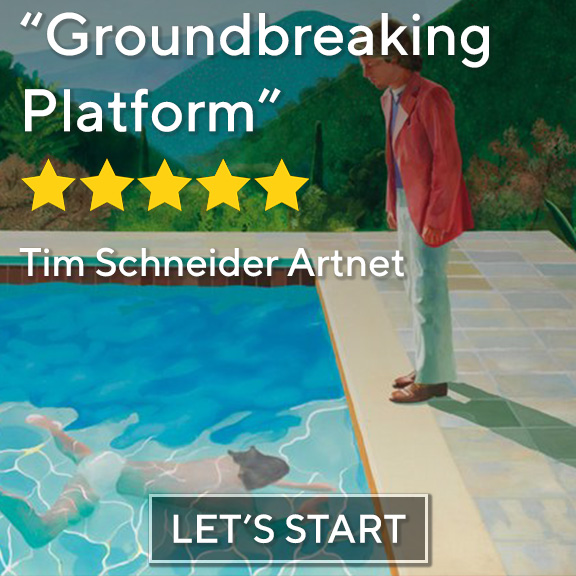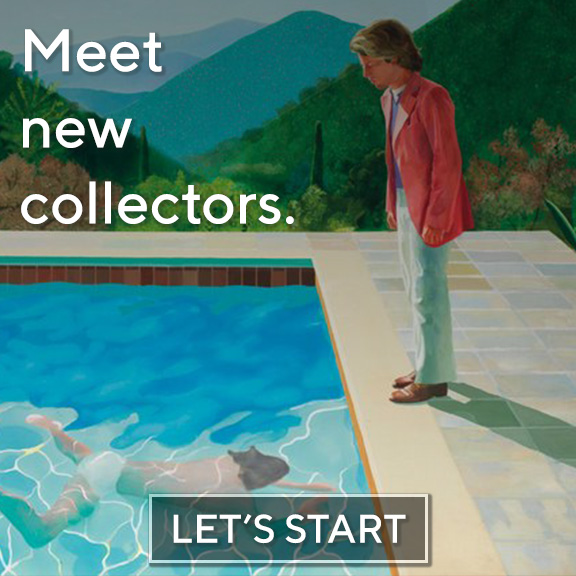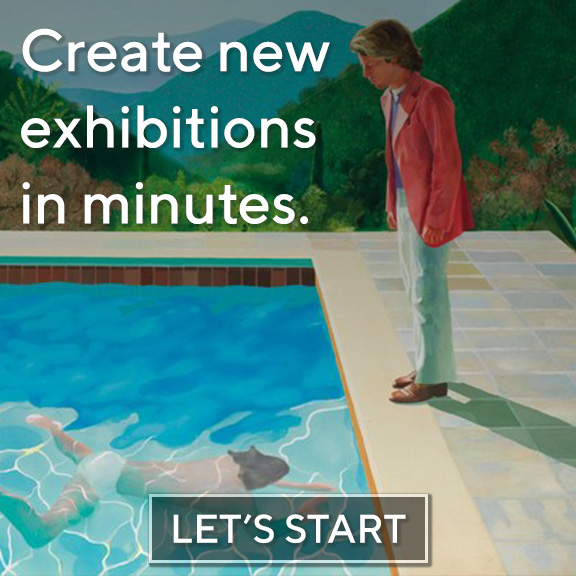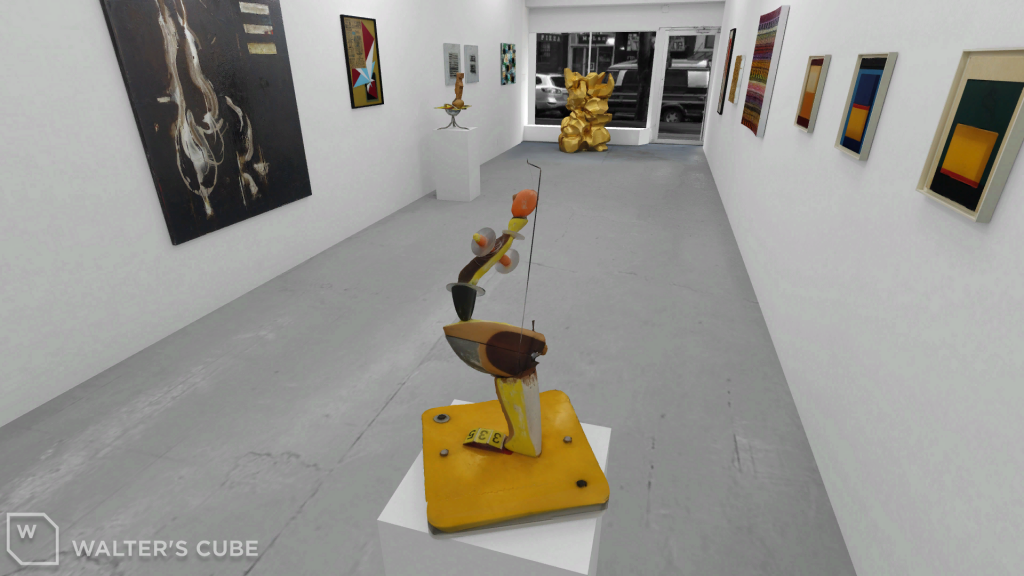
Available on the Online Viewing Room
It’s a task in itself to keep up with the art world, but art changed gears when it decided to invade the Internet, and the whole race got out of hand when technology answered the call in a timely manner and started developing means and tools specifically designed for the art world, accelerating the change that was already happening.
As our circumstances made us realize how many things can be done easily in the virtual realm, more and more people want to catch up who used to be standoffish with technology. At the bottom of the aversion there is usually one simple reason – the hybrid art world has its own vocabulary one has to master to navigate between all the different possibilities and offers.
As the technology itself is user-friendly and takes only minutes to learn to use, understanding the terms is the real gateway, but nobody has to stay outside – all you need to enter is a few key expressions. So here is a glossary to get you up to speed.
We already used the word that sums the whole thing up, so let’s start with that:
Hybrid art world
We are all familiar with the art world – physical museums, galleries, auctions, art markets. And we all know that art lovers can see art and collectors can buy artworks on the Internet. The hybrid art world is when you are not simply clicking between pictures (JPGs and PNGs) like you are still on Instagram or buying from a flat website, a so called online marketplace, like your new artwork is just another Amazon order without express shipping, but when physical and online exhibitions coexist.
This means they are equals, providing specific experiences as they both have their pros and cons depending on your ultimate goal – some things can be done exclusively in virtuality.
Online exhibition
Logically, an online exhibition is an exhibition on the Internet. So the artworks went through a curator, have been selected, and arranged. Beyond this minimal criteria they can take many forms – they can be websites, or 360° pictures, or in the best case scenario, 3D models.
They have different forms, but also different types – the types are defined by their relation to reality. They can be virtual versions, when the online exhibition is the virtual copy of a physical exhibition, or missing wings, when the online exhibition is an extension to reality meaning it has more information or artworks than the physical exhibition, or hyperreal-sites when the exhibition never existed in a physical form, only in virtuality.
Online exhibitions are sometimes called virtual exhibitions, but don’t get confused, it’s the same thing, as virtuality and the Internet overlap under the name cyberspace which is meant to be the opposite of meatspace (the physical reality).
Online viewing room
There is one thing you have to keep in mind if you don’t want to be misled by company communications – every online viewing room is an online exhibition (so they can be all 3 types listed above), but not every online exhibition is an online viewing room. As viewing rooms are part of galleries where collectors can have a private viewing in a secluded area, online viewing rooms are the same on the Internet, and when we say the same, we mean it.
A room is in 3D, so the online room has to be 3D too, therefore websites and 360° pictures can’t be online viewing rooms as they are in 2D. Yes, 360° pictures are in 2D, as the name picture suggests since they cannot handle sculptures and objects without getting blurry like Google Street View when you try to move. That extra dimension is what makes an online viewing room an actual space, giving the visitors the ability to walk around in a simulator as they would in a real room, having an immersive experience.
Digital twin
3D online viewing rooms are usually made in digital twinspaces. The physical galleries are digitized, meaning a process where many photographs are taken of the space then handled by 3D architects who work their technological magic with the help of a blueprint, resulting in a proportionally scaled model that’s the exact replica of the real thing down to the last scratch on the hardwood floor. This is the space the visitors walk around in.
I said online viewing rooms are usually in digital twins, because it’s not a rule – galleries can make the decision to have a larger digital space than a physical one, adding another room or doubling their size, losing the ‘twin’ part, where they can have missing wing typed online exhibitions with more artworks. It’s also possible to create a space that does not exist in reality, or to create an online gallery out of a physical space that otherwise couldn’t be used to hold exhibitions for any reason.
Streaming exhibitions
Streamer services are well known and liked for their simplicity: back in the day you had to go to the rental shop and physically take home a copy of the movie you wanted to watch (not to mention the worry they don’t actually have what you want), but now you can enjoy whatever you want after a few clicks. Streaming exhibitions works the same way – you don’t have to go to the physical gallery to see an online exhibition as you would in physical reality and you don’t have to download it either as servers keep the sites available at all times.
The Online Viewing Room of Walter’s Cube is basically the Netflix of contemporary art for visitors without a subscription, with the main difference that you are not watching something from a fixed point but moving around as time passes. This motion is what gives you the real exhibition experience as it’s not a video but an interactive platform where you can decide which way you want to go, like you would in real life.
The thumbnail is a screenshot from the 3D model of Hanart TZ Gallery’s exhibition titled Quote! Quote! Quote! from Inga Svala Thorsdottir and Wu Shanzhuan made by Walter’s Cube. Available on the Online Viewing Room.


